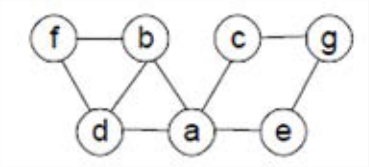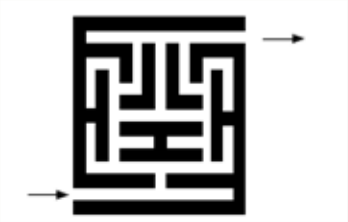4.4: Unit Summary
- Page ID
- 49348
This unit presented two advanced data structures, hash table and graph, along with some popular graph algorithms. Hash tables use hash functions to generate indexes for keys to be stored or accessed from array/list. A good hash function design is instrumental to the hash table performance expected to have a constant access time. The graph data structure is defined by a set of vertices and edges. It is very useful in problems modeled as networks.
A topological sort runs a depth-first search algorithm on acyclic digraph to order the vertices so that the keys are enumerated in descending order. The shortest path problem seeks to find a shortest path between a pair of vertices. The Dijkstra algorithm finds the shortest path for a single source graph with non-negative edge weights, and the Bellman Ford algorithm is like the Dijkstra algorithm but also works for graphs with negative edge weights. For the case of multiple sourced graphs, the two algorithms can be adapted with some loss of efficiency, though. For this reason, the Floyd-Warshall algorithm is used to finds shortest paths in multiple sourced graphs and arbitrary edge weights.
Check your understanding!
Graphs, DFS and BFS
- Consider a graph in Figure 4.4.1
.

Figure 4.4.1 : A graph
- Write the adjacency matrix and adjacency list for this graph
- Starting from vertex a (and resolving ties by the vertex alphabetical order), list the vertices using a DFS traversal.
- Starting from vertex a (and resolving ties by the vertex alphabetical order), list the vertices using a BFS traversal.
- Construct a graph for the maze
- Which traversal between DFS and BFS would you use if you found yourself in a maze and why?

Answers
Grading Scheme
As per the offering Institution grading policy.
Unit Readings and Other Resources
The readings in this unit are to be found at course level readings and other resources.



Figure 18